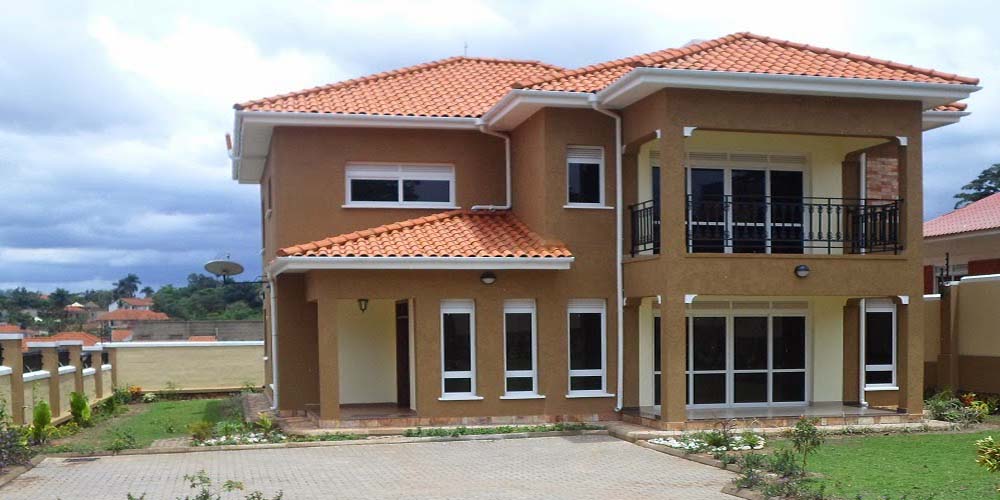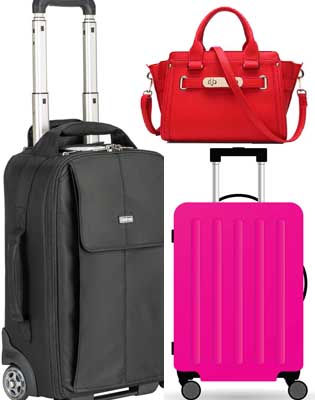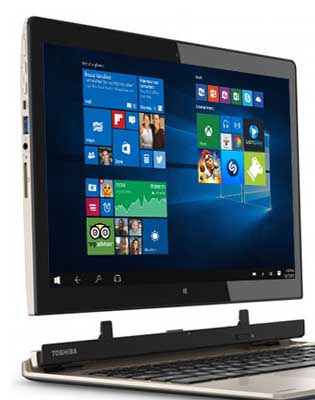
Barclays Bank of Uganda
Business: Banking and Finance
- Loans,
- Savings,
- Investments,
- Debit cards,
- Credit cards,
- Mobile Banking
- Internet Banking
- Retail Online Banking
- Corporate Internet Banking
- Retail Banking,
- SME Corporate Banking,
- SME Loans
- Loans,
- Checking,
- Savings,
- Investments,
- Debit cards
- Electronic Banking
Website: http://www.barclays.co.ug/
Location: Plot 4 Hannington Road, Kampala Uganda
P.O. Box 7101 Kampala, Uganda.
Barclays Bank of Uganda
Barclays History in Uganda
1927: Barclays Bank, Dominion, Colonial & Overseas (DCO) opened the first branches, in Jinja and Kampala.
1931: A flavour of the pioneering days of Barclays in Uganda is given in a contemporary letter from a branch accountant. “First task of the day was to spray the clouds of mosquitoes in the branch that had entered the night before; next was dealing with the vast quantity of coin brought in for deposit by customers - thousands of shillings, thousands of cents, but very few notes.”
1939: Barclays staff in East Africa numbered 78 Europeans, 87 Africans and some 138 Asians.
1957: As part of its Citizenship agenda, Barclays built the sports facility at Makerere University Sports Ground.
1964: Barclays built the 'Barclays Library' at Kyambogo Teacher Training College (now Kyambogo University), which was made possible with a grant of £8,000 to mark Uganda's independence.
1966: Barclays Uganda DCO became the first in Africa to be locally incorporated as Barclays Bank of Uganda
1969: The government acquired 49% of the new company while DCO retained a 51% holding, with A G Woodcock as the first chairman and general manager of the bank. At the same time Barclays acquired the Ugandan business of a subsidiary of the French bank SFOM, the Commercial Bank of Africa.
1969: Barclays had 9 branches and 33 other outlets and was actively engaged in the financing of agricultural exports of coffee and sugar.
1970s: The business was significantly impacted by political instability and civil wars and also highway robberies began to affect cash movements between the branches.
1979: Following the overthrow of President Idi Amin, branches were looted and employees attacked whilst London lost contact with Uganda altogether. A team of colleagues volunteered to restore order to the branches. Mr Yekowasi K. Oteba - now deceased - managed the bank during that period.
1985: The rebuilding of Archbishop Luwum Street Branch symbolises the rebirth of the business after years of civil war.
1987: Following the major currency reform, Barclays again takes on a leading role in financing the coffee industry as a vital element in rehabilitating the economy.
1986: The advent of automation, with Barclays chairing the Uganda Bankers' Association computer committee and the Barclays Computer Centre opening in May. On the colleague side, in the best Barclays tradition, the sports club was quickly reformed.
1987: Barclays Uganda celebrated its diamond jubilee.
1987: Barclays Uganda was the first bank in East Africa to computerise its accounting, using NCR 9300 machines, and the first in Uganda to have same-day accounting and clearing for all branches.
1989: The remote Jinja branch was linked to the computer centre in Kampala.
2004: Launch of the first credit card (Kenya Shillings) for prestige customers, and the new brand and visual identity for the bank.
2007: Barclays acquired Nile Bank and expanded its footprint from 7 branches to 21 branches.
2008: Migration of both the Brains (Barclays) & Equinox (Nile) banking platforms into Flex cube, the new core banking platform
2010: Period of consolidation leading to branch and premises rationalisation. Barclays Uganda launched the Premier customer's service centre, and an internet banking service which includes personal and commercial banking options.
2012: the bank launched the platinum debit card for its Premier account holders giving them access to online purchases beyond normal debit card services
2013: the bank launched the usage of Master card holders and also launched the World Miles program on the platinum debit card
2014: Barclays Bank of Uganda Limited received an innovation award for our innovative approach in extending financial services to Villages savings groups in Uganda at the Corporate Entrepreneur awards in New York. We continued with the annual Business club and customer loyalty programmes, and also launched the women’s forum called Womens Network Forum for the Barclays female colleagues. We also opened a new branch at Acacia mall and set up intelligent ATM’s (IATM’s) located in Naalya and Acacia malls. We also launched free credit life insurance, free retrenchment cover, life insurance cover and funeral cover.
2015: The bank re-launched Prestige banking, launched Risk management products, Barx, Direct debits, USD debit card, mobile bulk payments, the mobile banking app, cash send, SMS alerts and the Uganda shillings credit card. We also set up a 24 hour call centre.
2016: The bank refurbished the Ntinda branch, set up 29 iATMs, launched cardless deposits on the intelligent ATMs, launched paperless banking, eStatements, Pamoja Bonus savings account, Ready to work, Business debit card and business daily interest account.
Key Services
- Personal Banking
- Prestige Banking
- Premier Banking
- Corporate Banking
- Business Banking
- Treasury Services
Business Directory Kampala Uganda

Business: Banking and Finance
- Loans,
- Savings,
- Investments,
- Debit cards,
- Credit cards,
- Mobile Banking
- Internet Banking
- Retail Online Banking
- Corporate Internet Banking
- Retail Banking,
- SME Corporate Banking,
- SME Loans
- Loans,
- Checking,
- Savings,
- Investments,
- Debit cards
- Electronic Banking
Website: http://www.barclays.co.ug/
Location: Plot 4 Hannington Road, Kampala Uganda
P.O. Box 7101 Kampala, Uganda.
Barclays History in Uganda
1927: Barclays Bank, Dominion, Colonial & Overseas (DCO) opened the first branches, in Jinja and Kampala.
1931: A flavour of the pioneering days of Barclays in Uganda is given in a contemporary letter from a branch accountant. “First task of the day was to spray the clouds of mosquitoes in the branch that had entered the night before; next was dealing with the vast quantity of coin brought in for deposit by customers - thousands of shillings, thousands of cents, but very few notes.”
1939: Barclays staff in East Africa numbered 78 Europeans, 87 Africans and some 138 Asians.
1957: As part of its Citizenship agenda, Barclays built the sports facility at Makerere University Sports Ground.
1964: Barclays built the 'Barclays Library' at Kyambogo Teacher Training College (now Kyambogo University), which was made possible with a grant of £8,000 to mark Uganda's independence.
1966: Barclays Uganda DCO became the first in Africa to be locally incorporated as Barclays Bank of Uganda
1969: The government acquired 49% of the new company while DCO retained a 51% holding, with A G Woodcock as the first chairman and general manager of the bank. At the same time Barclays acquired the Ugandan business of a subsidiary of the French bank SFOM, the Commercial Bank of Africa.
1969: Barclays had 9 branches and 33 other outlets and was actively engaged in the financing of agricultural exports of coffee and sugar.
1970s: The business was significantly impacted by political instability and civil wars and also highway robberies began to affect cash movements between the branches.
1979: Following the overthrow of President Idi Amin, branches were looted and employees attacked whilst London lost contact with Uganda altogether. A team of colleagues volunteered to restore order to the branches. Mr Yekowasi K. Oteba - now deceased - managed the bank during that period.
1985: The rebuilding of Archbishop Luwum Street Branch symbolises the rebirth of the business after years of civil war.
1987: Following the major currency reform, Barclays again takes on a leading role in financing the coffee industry as a vital element in rehabilitating the economy.
1986: The advent of automation, with Barclays chairing the Uganda Bankers' Association computer committee and the Barclays Computer Centre opening in May. On the colleague side, in the best Barclays tradition, the sports club was quickly reformed.
1987: Barclays Uganda celebrated its diamond jubilee.
1987: Barclays Uganda was the first bank in East Africa to computerise its accounting, using NCR 9300 machines, and the first in Uganda to have same-day accounting and clearing for all branches.
1989: The remote Jinja branch was linked to the computer centre in Kampala.
2004: Launch of the first credit card (Kenya Shillings) for prestige customers, and the new brand and visual identity for the bank.
2007: Barclays acquired Nile Bank and expanded its footprint from 7 branches to 21 branches.
2008: Migration of both the Brains (Barclays) & Equinox (Nile) banking platforms into Flex cube, the new core banking platform
2010: Period of consolidation leading to branch and premises rationalisation. Barclays Uganda launched the Premier customer's service centre, and an internet banking service which includes personal and commercial banking options.
2012: the bank launched the platinum debit card for its Premier account holders giving them access to online purchases beyond normal debit card services
2013: the bank launched the usage of Master card holders and also launched the World Miles program on the platinum debit card
2014: Barclays Bank of Uganda Limited received an innovation award for our innovative approach in extending financial services to Villages savings groups in Uganda at the Corporate Entrepreneur awards in New York. We continued with the annual Business club and customer loyalty programmes, and also launched the women’s forum called Womens Network Forum for the Barclays female colleagues. We also opened a new branch at Acacia mall and set up intelligent ATM’s (IATM’s) located in Naalya and Acacia malls. We also launched free credit life insurance, free retrenchment cover, life insurance cover and funeral cover.
2015: The bank re-launched Prestige banking, launched Risk management products, Barx, Direct debits, USD debit card, mobile bulk payments, the mobile banking app, cash send, SMS alerts and the Uganda shillings credit card. We also set up a 24 hour call centre.
2016: The bank refurbished the Ntinda branch, set up 29 iATMs, launched cardless deposits on the intelligent ATMs, launched paperless banking, eStatements, Pamoja Bonus savings account, Ready to work, Business debit card and business daily interest account.
Key Services
- Personal Banking
- Prestige Banking
- Premier Banking
- Corporate Banking
- Business Banking
- Treasury Services
Business Directory Kampala Uganda





































